27+ Pipevine Swallowtail Host Plant
Web The aristolochic acids in these host plants protect the pipevine swallowtail eggs caterpillars and adult butterflies. Dutchmans Pipevine Plants Aristolochia macrophylla AKA Aristolochia durior Quick Info.

Pipevine Swallowtail Alabama Butterfly Atlas
Female duller black with more prominent pale spot band.
. As their name suggests pipevine swallowtails host on pipevines. All survived the transplanting and began their climb to glory in soil augmented with well-rotted manure to hold moisture. These distasteful butterflies are the center of a mimicry ring that includes at least 6 palatable species.
It is also known as the blue swallowtail eg Howe 1988 Iftner et al. Parsley family - parsley dill fennel carrot Queen Annes lace Golden Alexanders Zizia aurea rue family - common rue. These butterflies frequent thistle Cirsium spp flowers the pink and purple flowers of the Phlox species and ironweed of Vernonia species.
Web The Pipevine Swallowtail has a range that includes large sections of the United States yet it can be both elusive and common in butterfly gardens depending on who you talk to. This butterfly is black with iridescent-blue hindwings. Pipevine Swallowtail Host Plants.
Pipevine Swallowtail caterpillars obtain toxic chemicals aristocholic acids from their host plants. Plants in this genus are commonly called pipevines since flowers of some species resemble tobacco pipes. We are dedicated to promoting public awareness through.
Hindwing with single tail iridescent blue-green scaling and single submarginal row of pale spots. Pawpaw Asimina triloba Black swallowtail. 35 square pots Pipevine Swallowtail butterfly host plant herbaceous perennial vine Add to Wishlist Native in.
Collage created by Susan Brackney Monarchs arent the only butterflies with very specific needs. Web Battus philenor the pipevine swallowtail or blue swallowtail 3 4 is a swallowtail butterfly found in North America and Central America. Other gardeners wait for quite some time before their efforts are rewarded.
Females have less blue and bigger pale spots on their wings than males. Web Host Plants Back to Top Virginia snakeroot Aristolochia serpentaria L. Northern prickly-ash Zanthoxylum americanum common rue.
Pipevines Aristolochia spp Zebra swallowtail. Its life cycle was beautifully illustrated during the 18th century by John Abbot Smith 1797 Figure 1. Web This is Aristolochia watsonii --the principal larval hostplant of the pipevine swallowtail Battus philenor philenor in Arizona.
Just as monarch caterpillars depend solely on milkweed to survive the larvae of pipevine swallowtail butterflies munch away onyou guessed itpipevines. They are found in many different. Male forewing velvety black.
If you want to increase your chances of seeing these butterflies in your garden plant some native pipevines for them to lay their eggs on. Web Caterpillar Host Plants. As caterpillars they build of reserves of this chemical making them unpalatable to potential predators for the rest of their life.
Finding the plant can be somewhat of a challenge eventhough the butterflies can be more or less common. Web Pipevine Swallowtail Host Plants. This plant supports Pipevine Swallowtail Battus philenor larvae which appear in late spring and summer in the east and California.
Both the caterpillars and adult butterflies can secrete a distasteful liquid that deters some parasitoids birds and other predators. They retain these as adult butterflies. Nectar plants frequented by the Pipevine Swallowtail include Butterfly Bush Swamp Milkweed Mexican Sunflower and Phlox.
This plant is primarily needed in your garden as a host plant to many swallowtails. Web Michigan Native Butterfly Farm was established to promote awareness of the life cycle habitat and conservation of indigenous butterfly species and raise healthy vibrant Monarch and Painted Lady butterflies for education exhibits and memorable wedding and special occasion butterfly releases. Web Larval host plant for the Pipevine swallowtail butterfly.
Life cycle of the pipevine swallowtail Battus philenor L. Habitat is mostly brushy or wooded places. Photo by William Vann.
Pipevine swallowtail adults use nectar-producing plants as hosts and thus there are many plants that fit their needs. Papilionidae Genus species. Some gardeners plant the host plant pipevine and the Pipevine Swallowtail appears like magic.
The Pipevine Swallotail uses Pipevine Dutchmans Pipe as its host plant. Web Plants commonly visited include thistles bergamot lilac vipers bugloss common azaleas phlox teasel dames rocket lantana petunias verbenas lupines yellow star thistle California buckeye yerba santa broiaceas and hilias. Web Evidence of Pipevine Swallowtail caterpillars.
Web PIpevine Swallowtails are widespread in Alabama. Web 1525 Plant Name. Battus philenor FORAGING PREFERENCES Pipevine swallowtails rely on plants in the genus Aristolochia as their host plants.
Web Nectar and Host Plants Used by the Pipevine Swallowtail. It prefers nectar plants in the pink purple and orange color range. Synonym Aristolochia durior Hill Figure 17 USDA Plants Database species page.
Web Pipevine Swallowtails have black wings with blue in them with a wingspan of 25 - 4 inches. The butterfly Battus polydamas whose range includes most of the south eastern US also uses some. Pipevine Aristolochia macrophylla Lam.
Battus philenor philenor larva on Aristolochia watsonii. In the south and southwest regions it most commonly appears in. Web A love for butterflies is the reason to invest in these beautiful large heart-shaped leaf plants.
Woolly Dutchmans pipe Aristolochia. Web Pipevine swallowtails like many other butterflies including Monarchs and their beloved milkweed acquire the toxic chemicals present in their host plant and sequester them. The vines grow upwards with a twisting pattern and are adorned by large heart-shaped leaves that are slightly fuzzy or tomentose.
Pipevine Swallowtail eggs on dutchmans pipe in Tonto National Forest AZ. Figures 14 15 16 USDA Plants Database species page. Web Pipevine is a Host Plant for the Pipevine Swallowtail Pipevine Swallowtails Battus philenor use Pipevine as a host plant.
Web Pipevine Swallowtail. Web The pipevine swallowtail Battus philenor L is one of our most beautiful swallowtails. As you joyfully watch the caterpillars munch away at the large hearts youll be able to feel as though you are giving the caterpillars all the TLC they need.
Plants from the genus Aristolochia are sometimes also called pipevines. Web by Susan Brackney January 21 2021 PHOTO. Al ct ga ky me md ma mi nj ny nc pa sc tn vt va wv Description Reviews 3.
Their range includes most of the Eastern US the southwest and into Mexico.
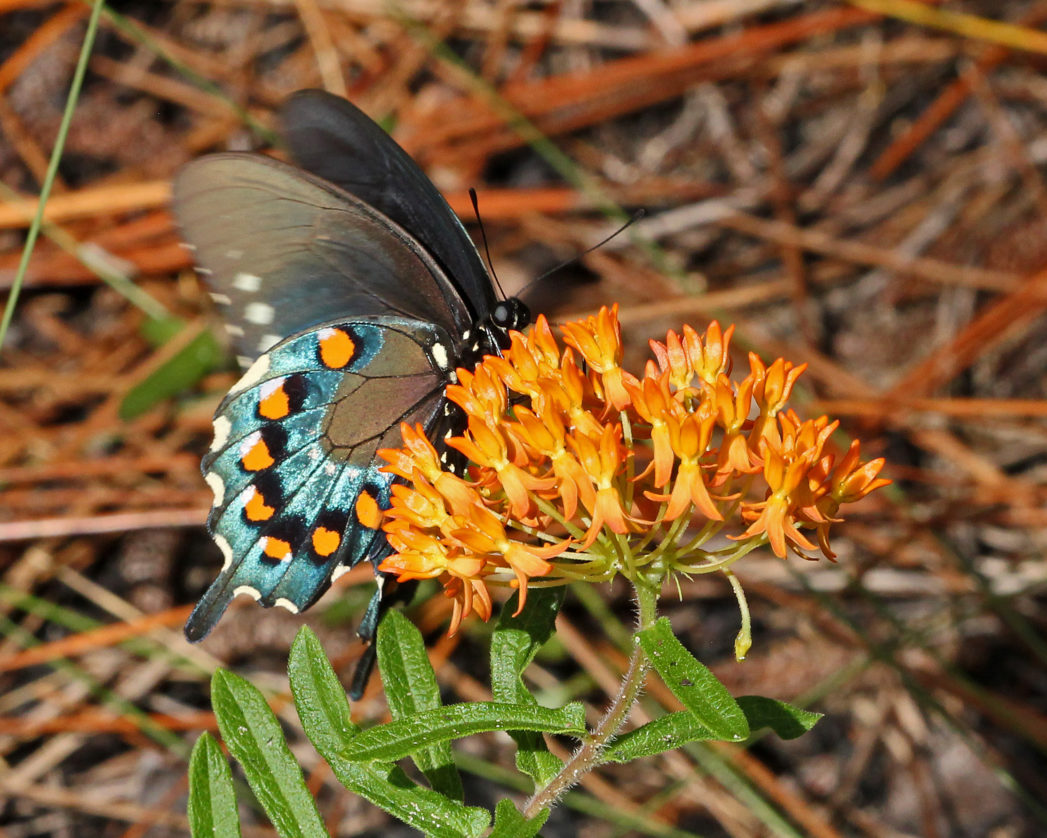
Pipevine Swallowtail Florida Wildflower Foundation
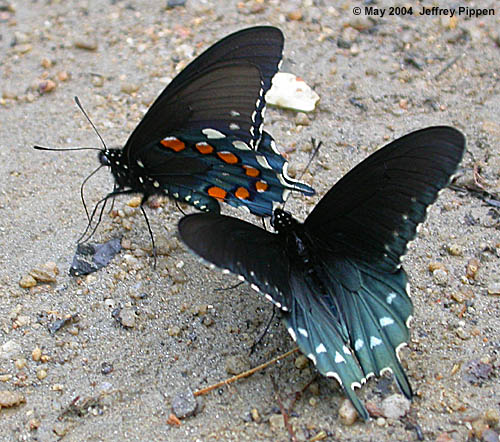
Pipevine Swallowtail Battus Philenor

Pipevine Swallowtails Host Plant Dutchman S Pipe Aristolochia Fimbriata Bee Better Naturally With Helen Yoest
.JPG)
Pipevine Swallowtail Alabama Butterfly Atlas
Battus Philenor Philenor Raising Butterflies How To Find And Care For Butterfly Eggs And Caterpillars

Pipevine Swallowtails Host Plant Dutchman S Pipe Aristolochia Fimbriata Bee Better Naturally With Helen Yoest
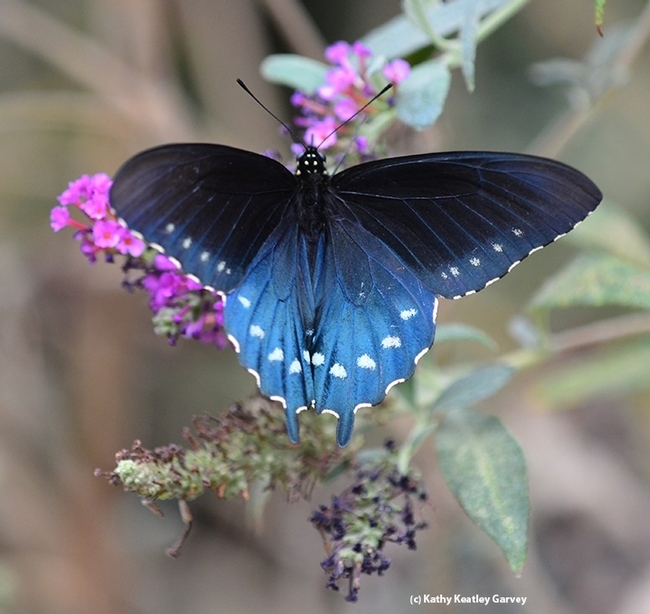
Pipevine Swallowtail Battus Philenor Battus Philenor Bug Squad Anr Blogs

The Pipevine Swallowtail Butterfly And Its Native Host Plants Virginia Native Plant Society

Pipevine Swallowtail Butterflies And Their Host Dutchman S Pipevine The Natural Web

The Compulsive Gardener Pipevine Swallowtail Butterflies

Giant Swallowtail Host Plants Butterfly Fun Facts

Aristolochia Gigantea A Death Sentence For Baby Pipevine Swallowtails
:no_upscale()/cdn.vox-cdn.com/uploads/chorus_image/image/50038861/cover3.0.0.jpg)
How One Man Repopulated A Rare Butterfly Species In His Backyard Vox
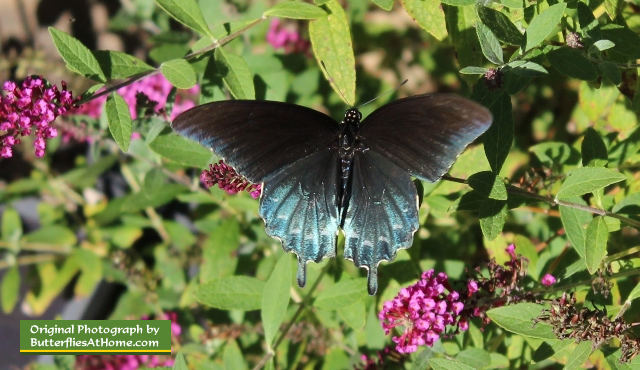
Pipevine Swallowtail Butterfly Description Characteristics Size Photographs

Model Butterflies Pipevine Swallowtail Battus Philenor And Polydamas Swallowtail Battus Polydamas Bug Of The Week

How A Native Texas Vine Attracts This Beautiful And Interesting Butterfly
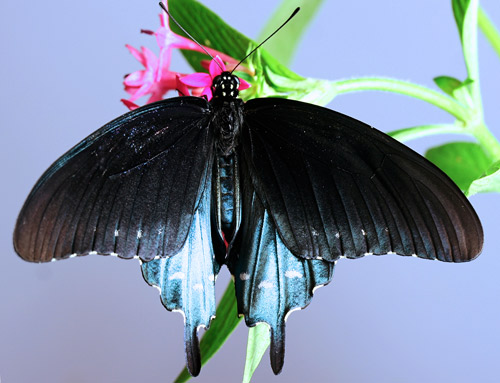
Pipevine Swallowtail Battus Philenor